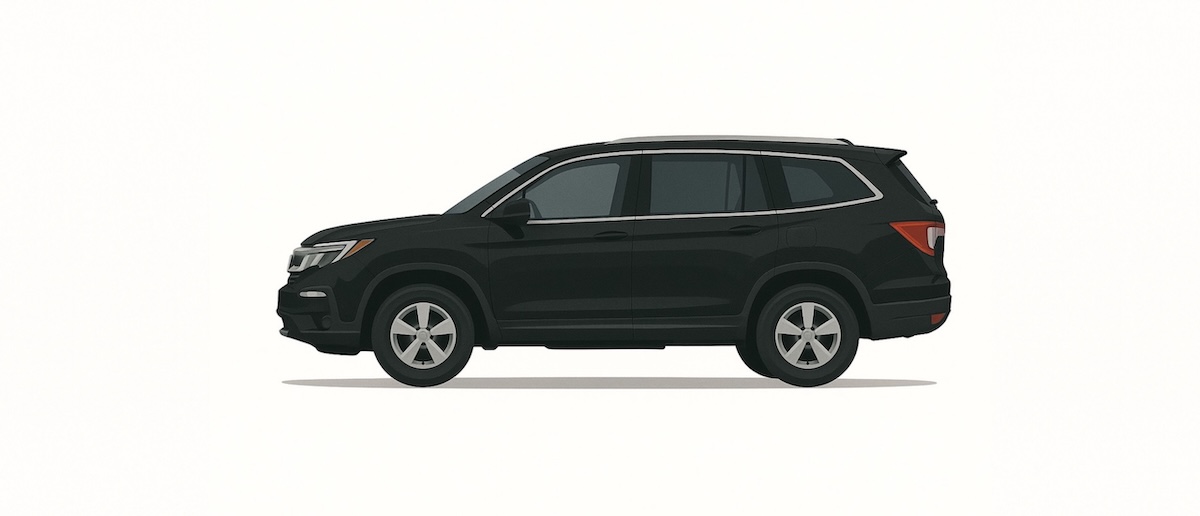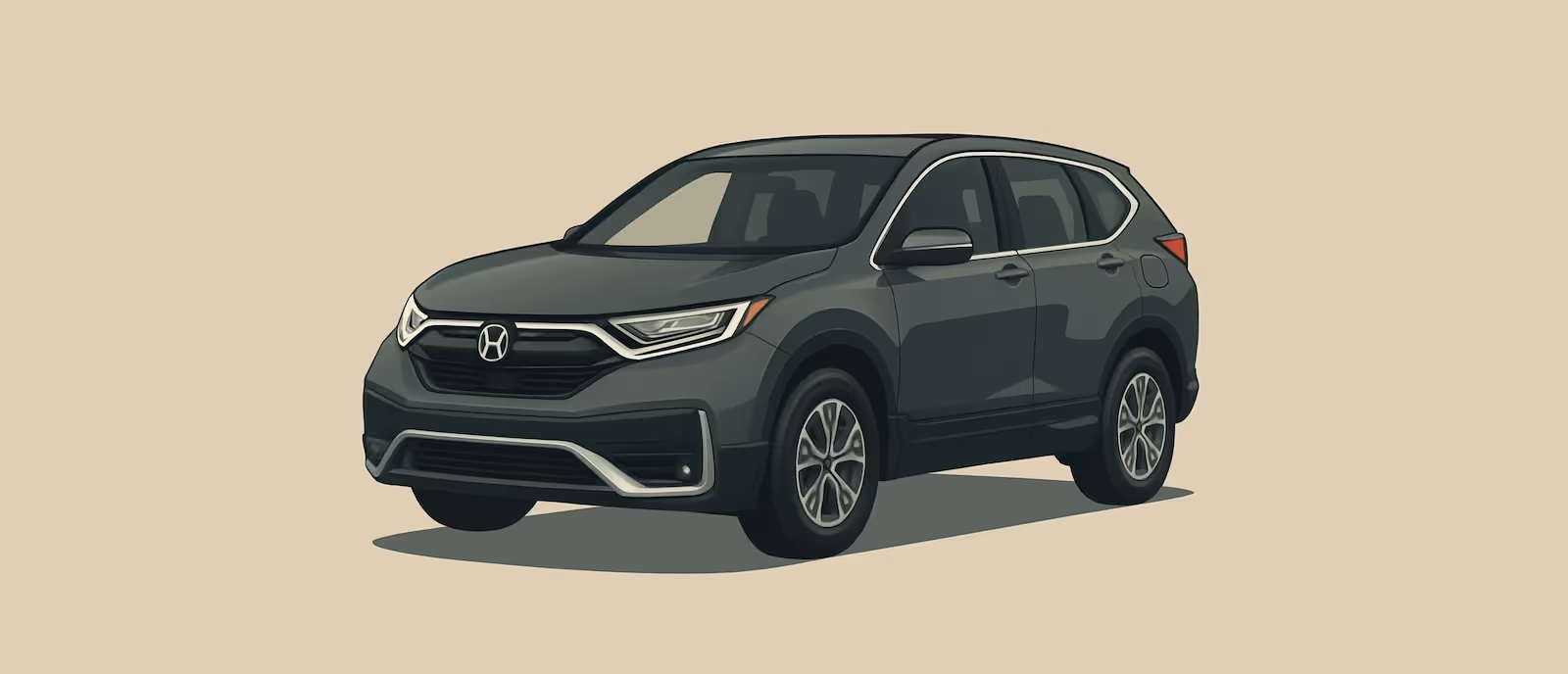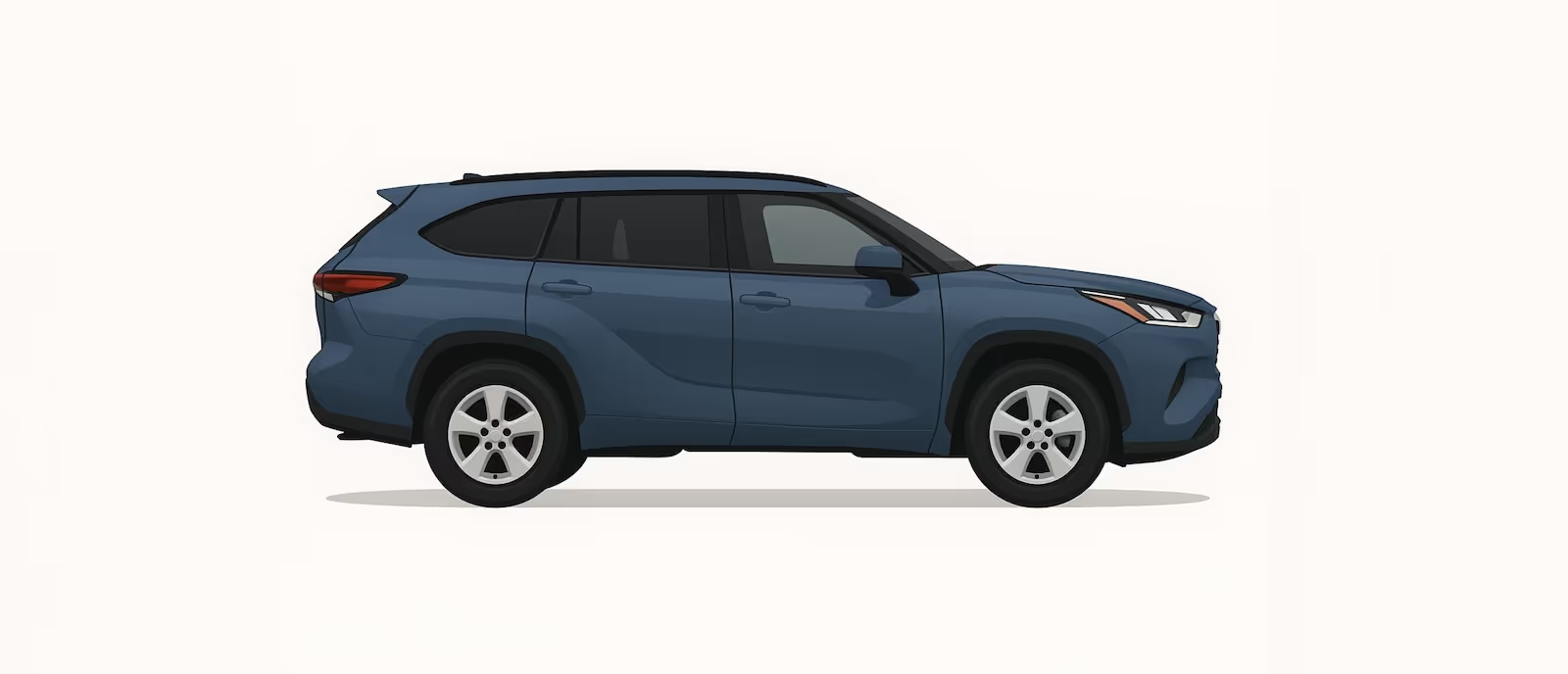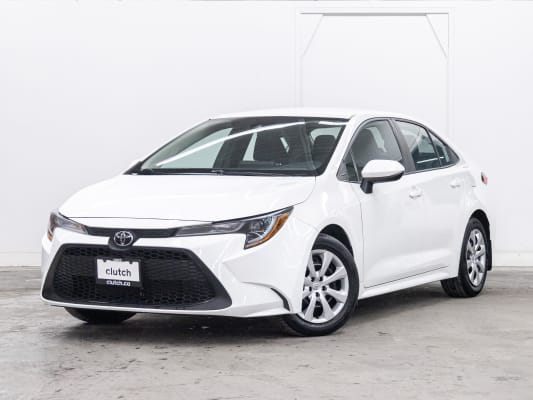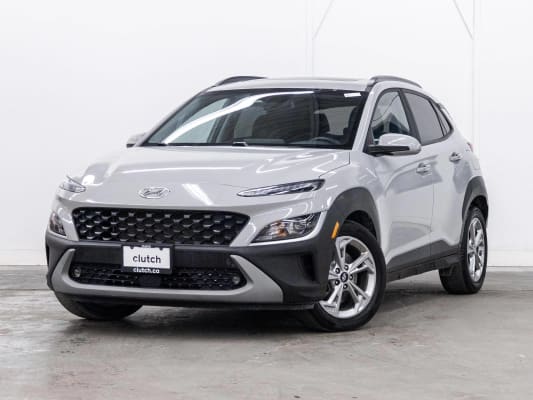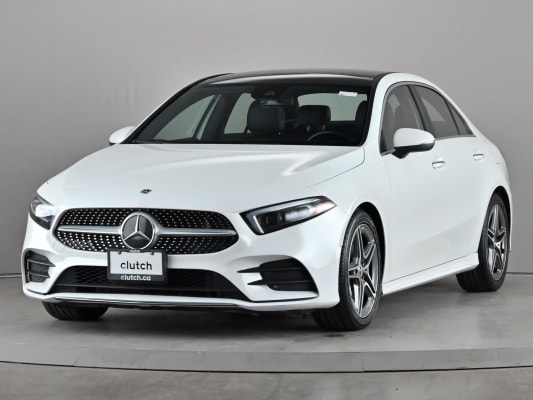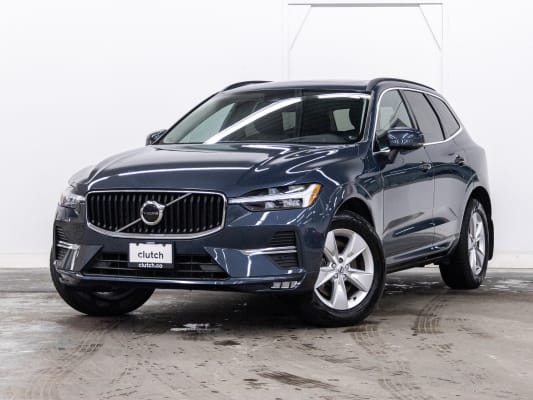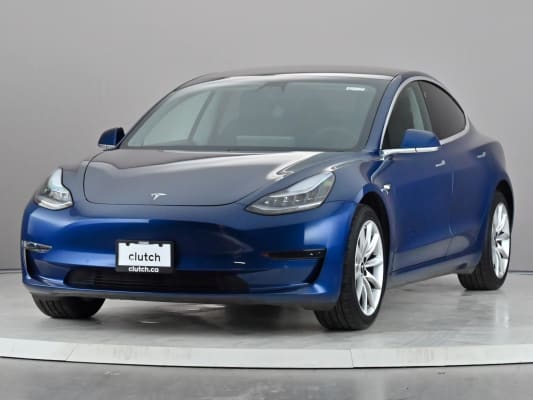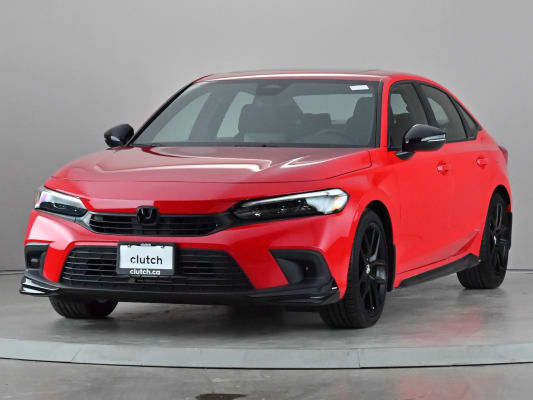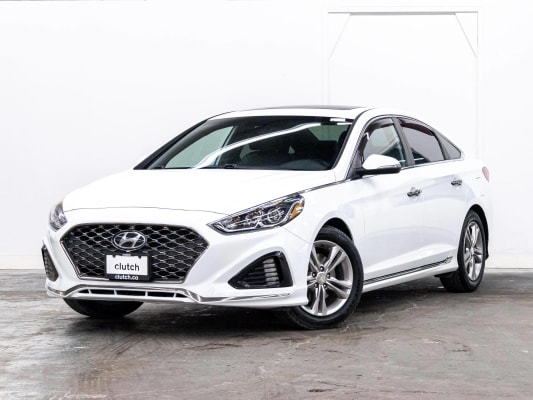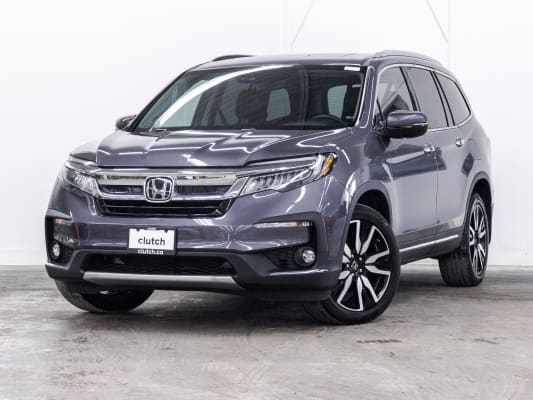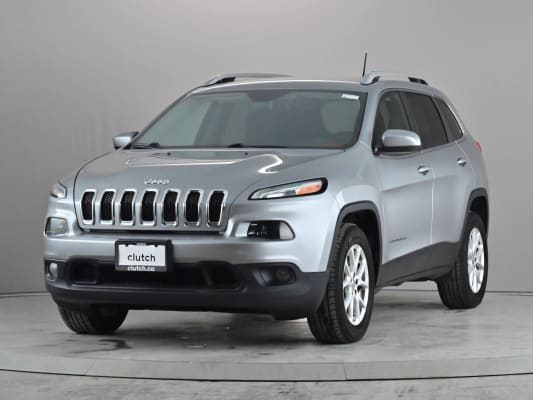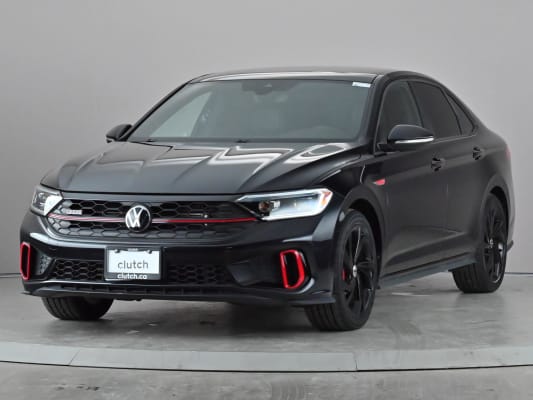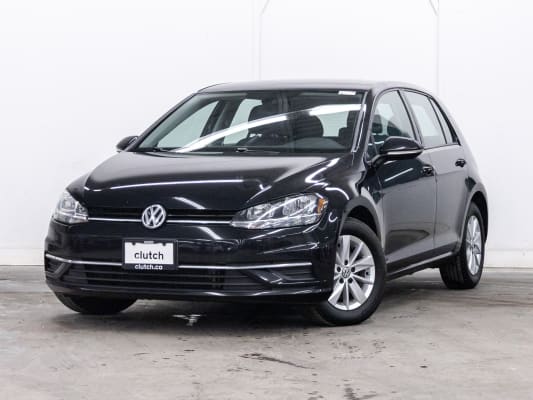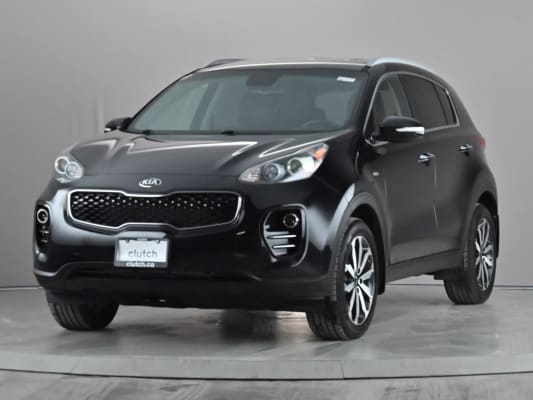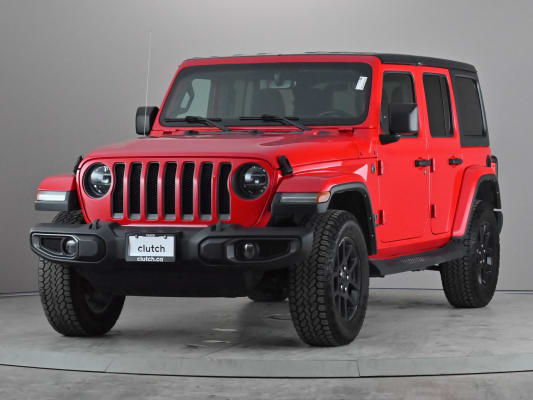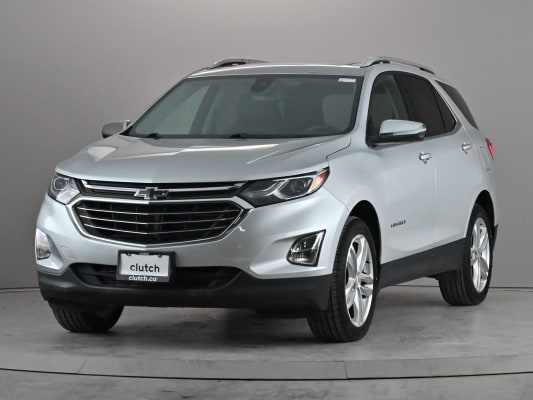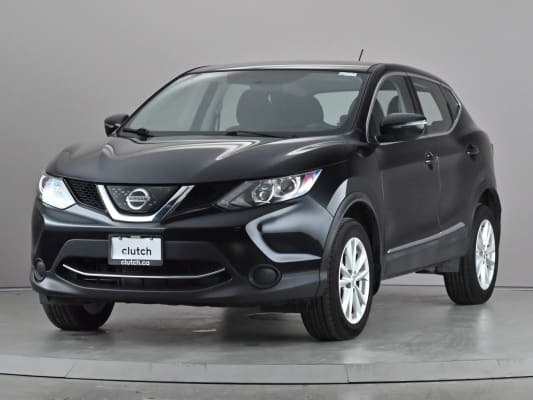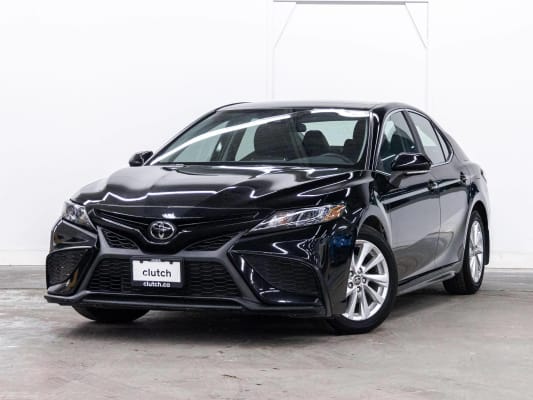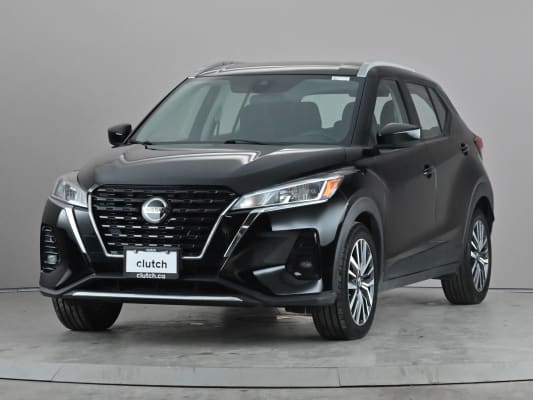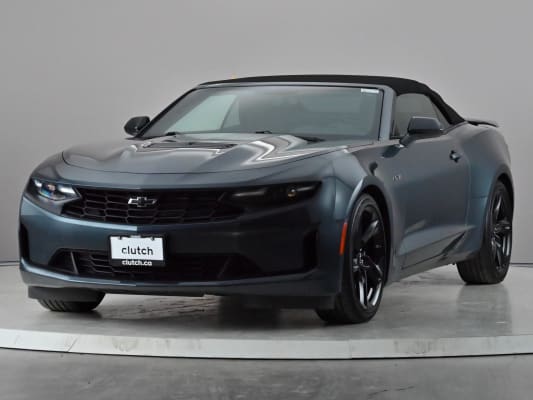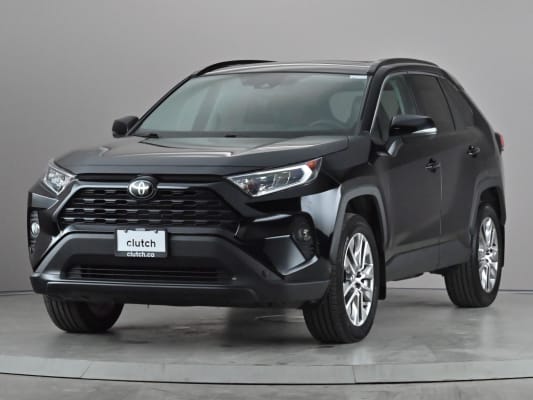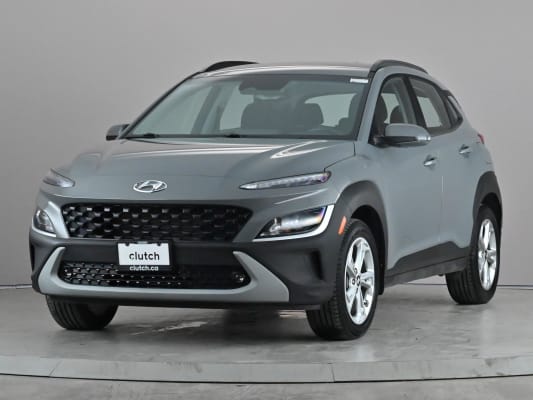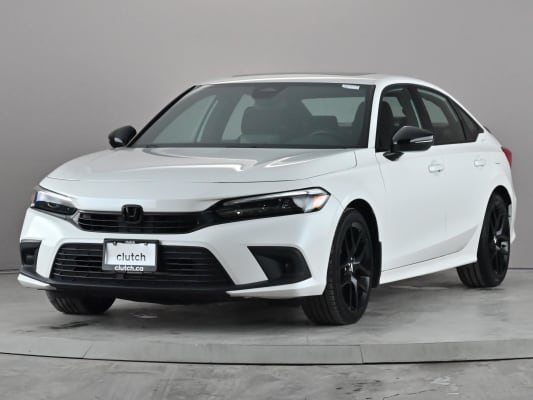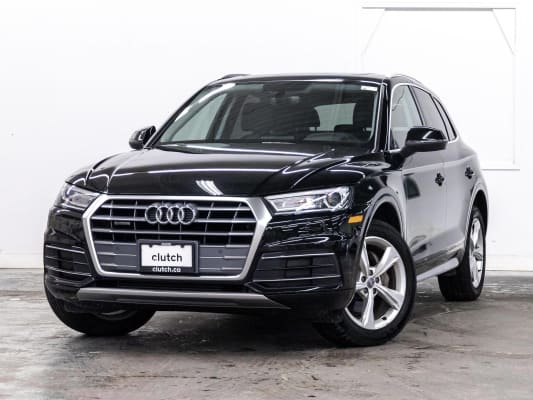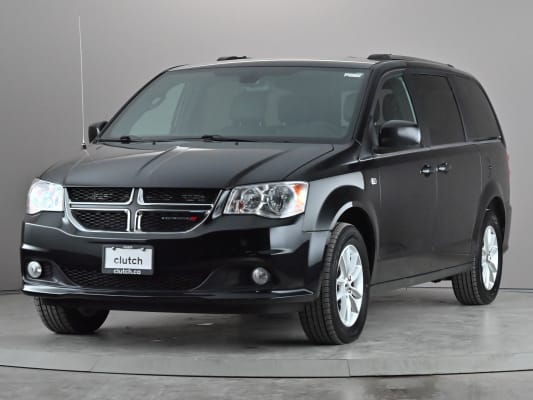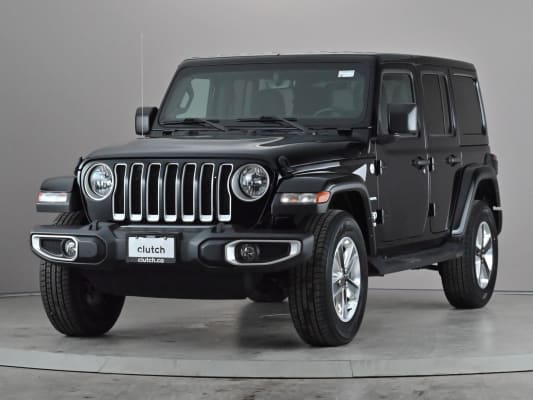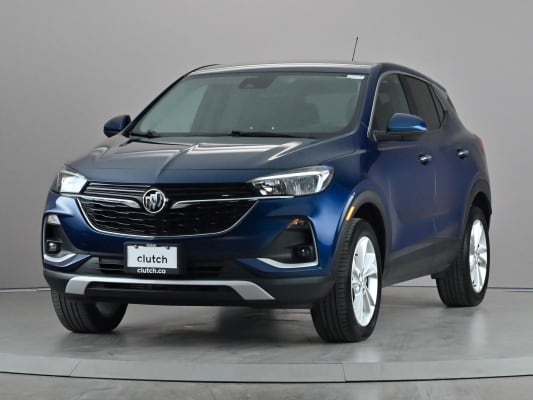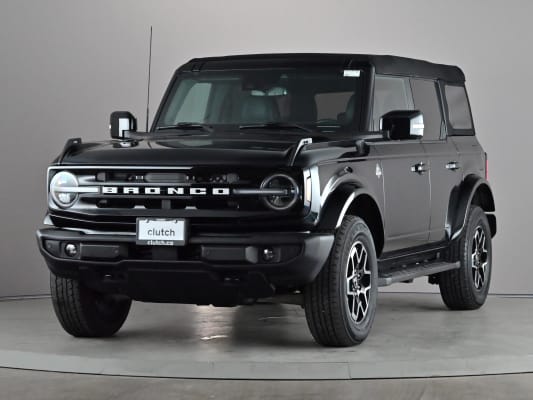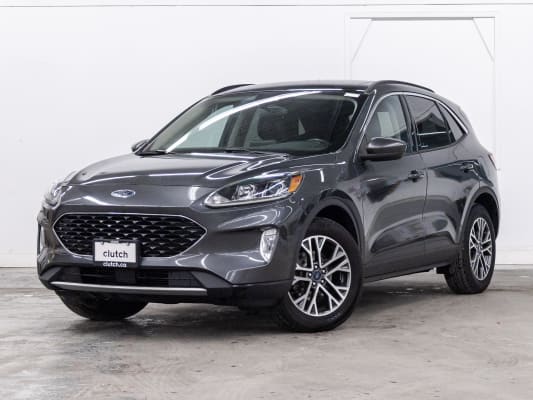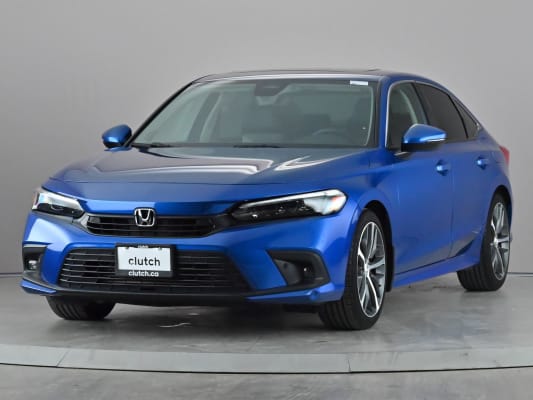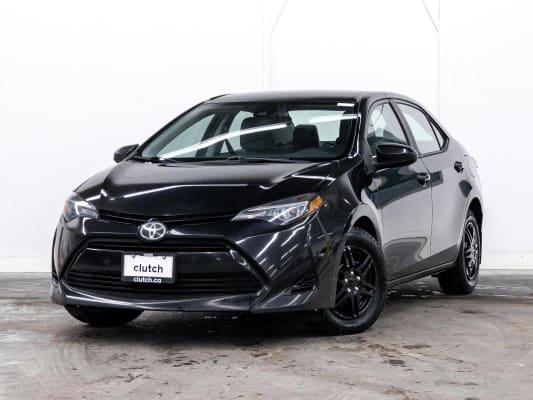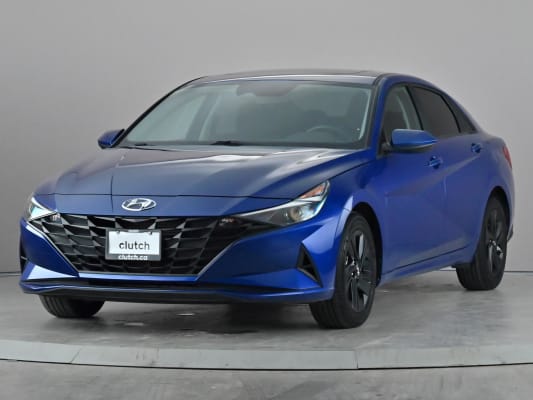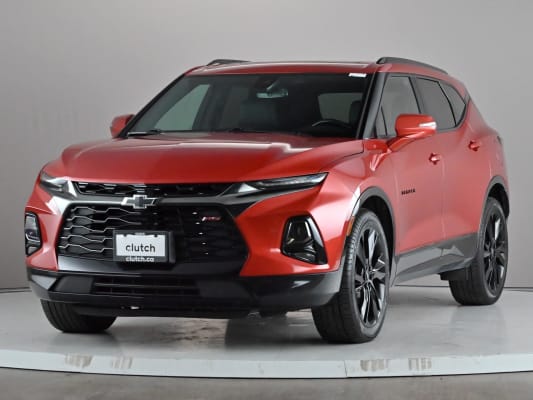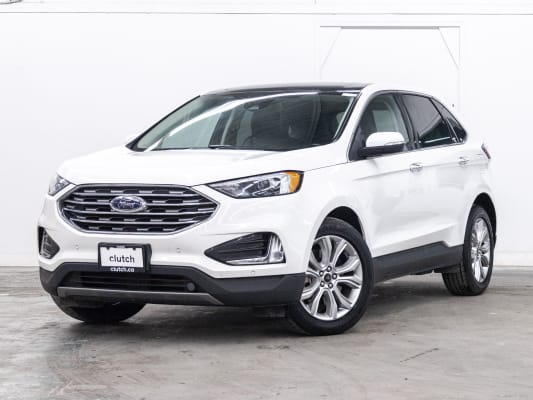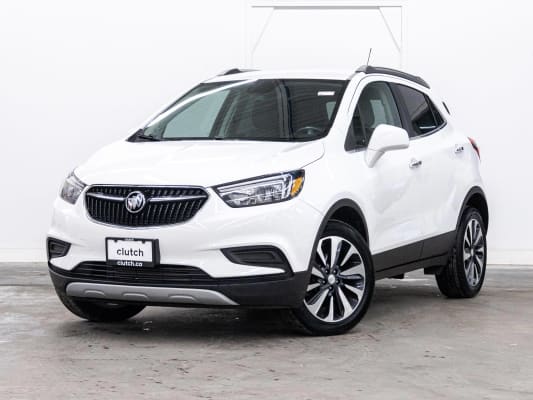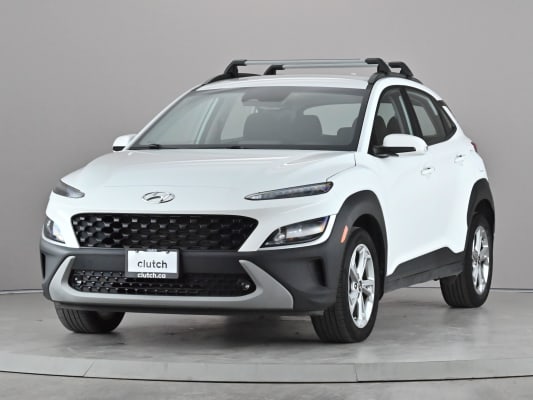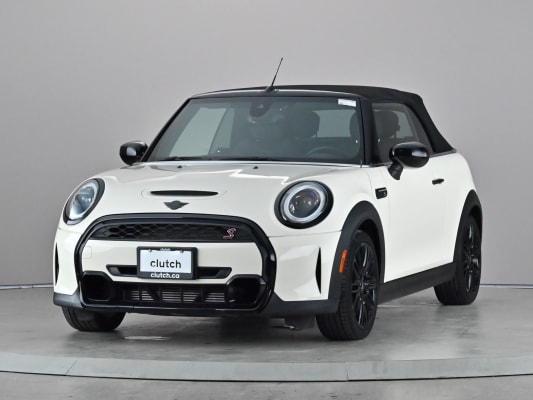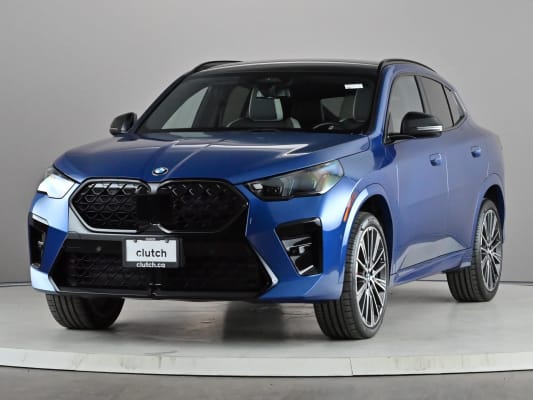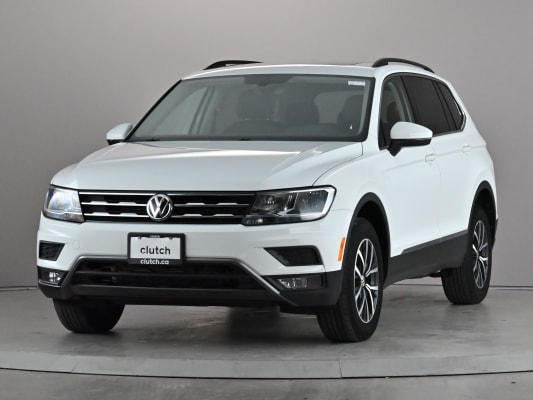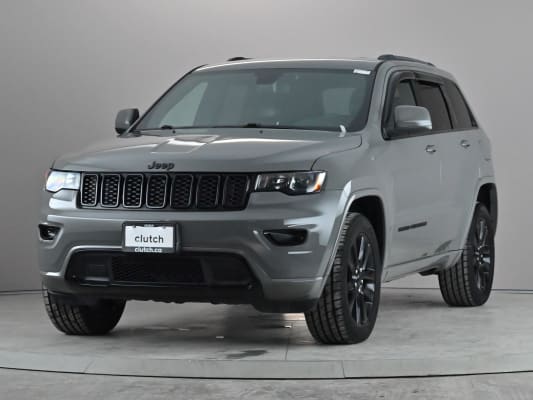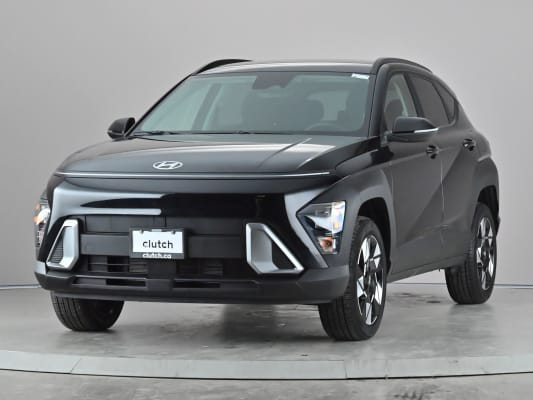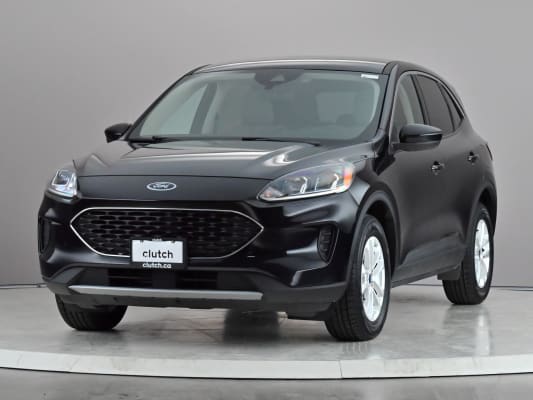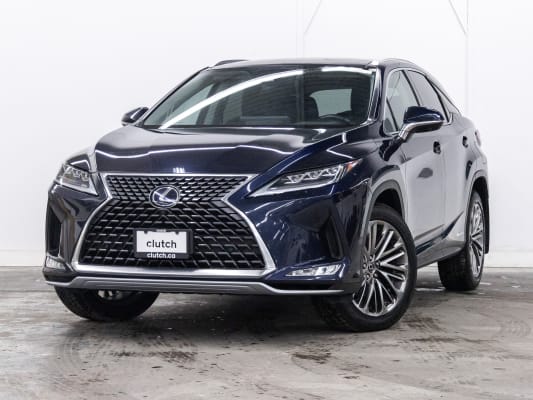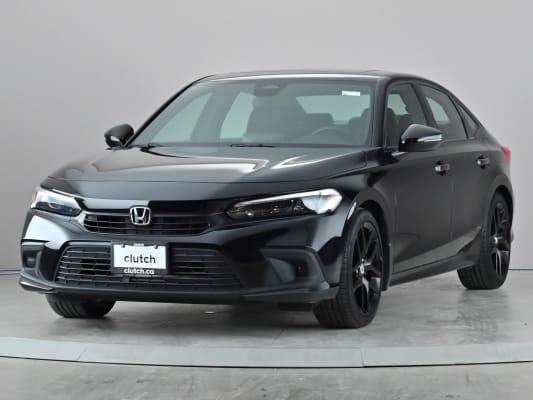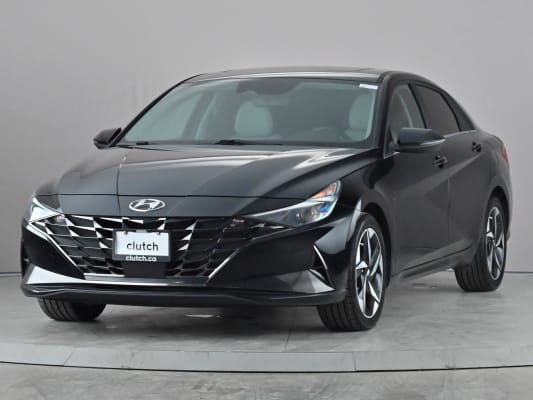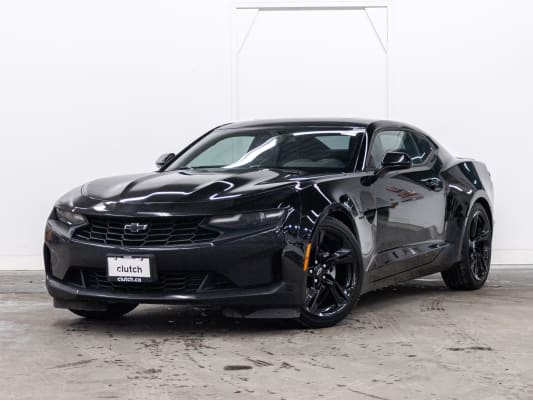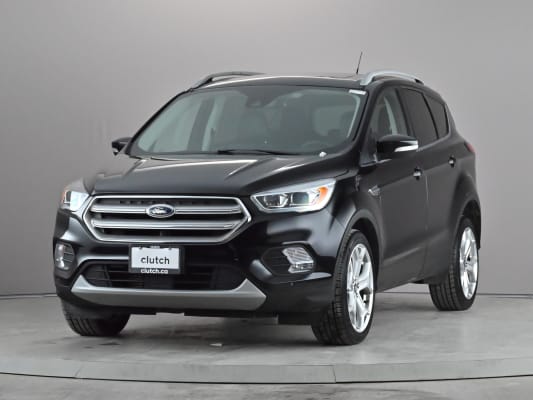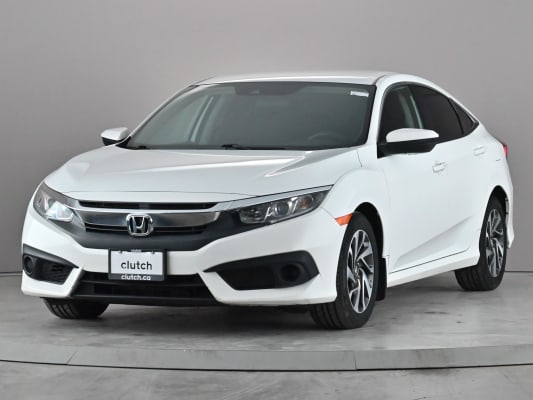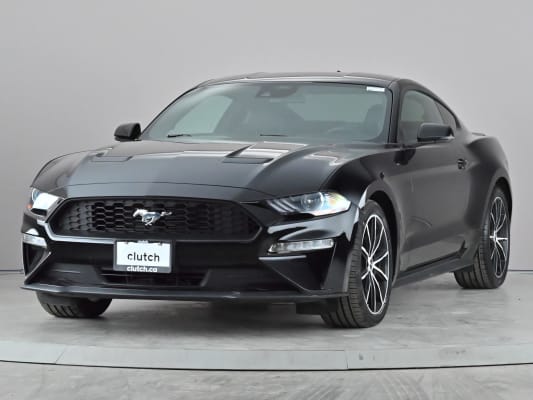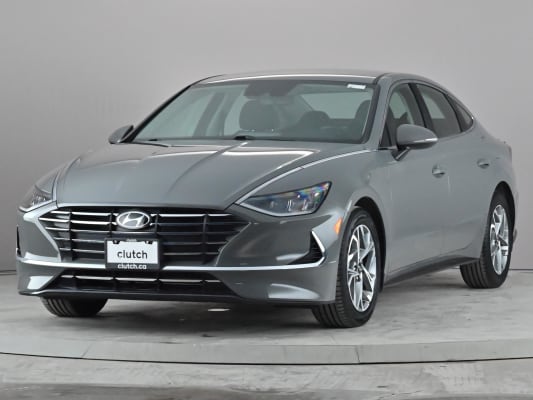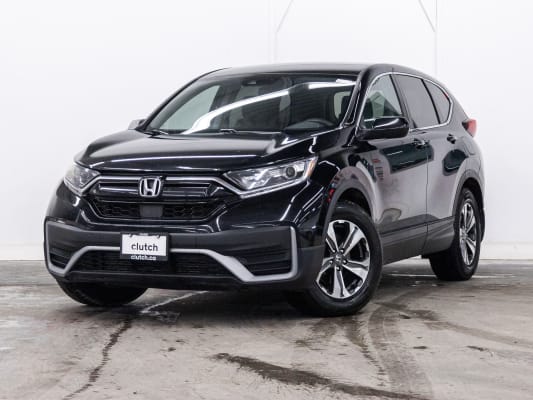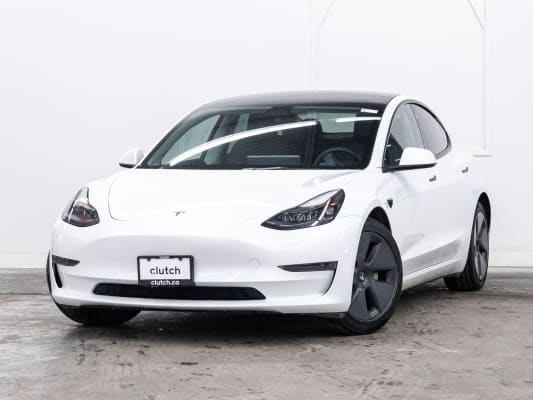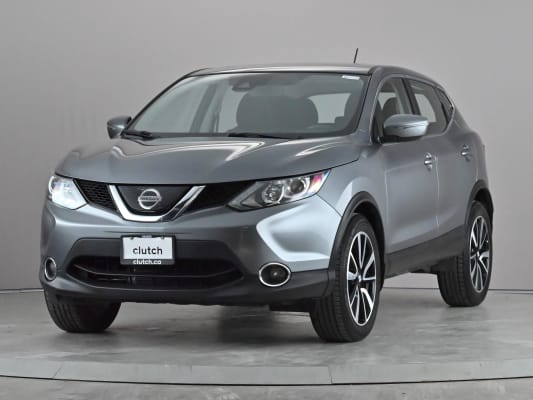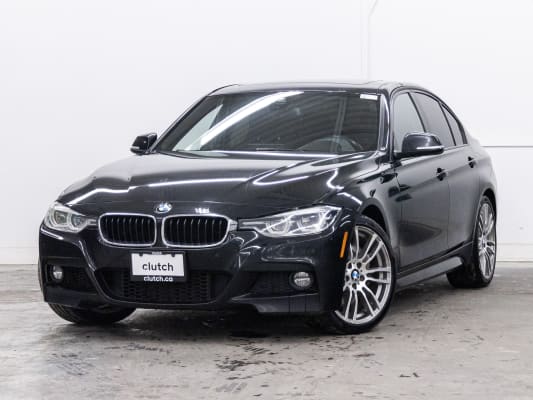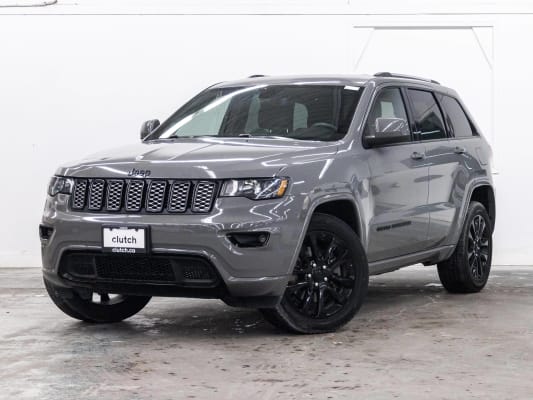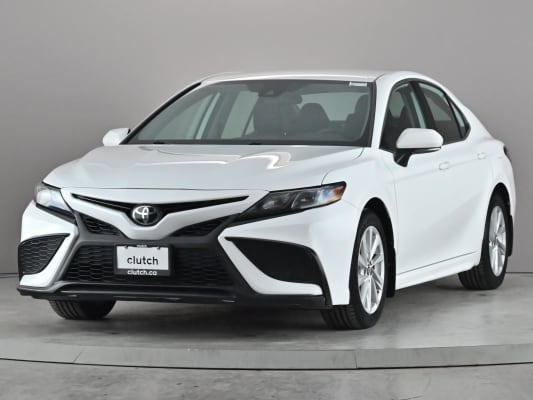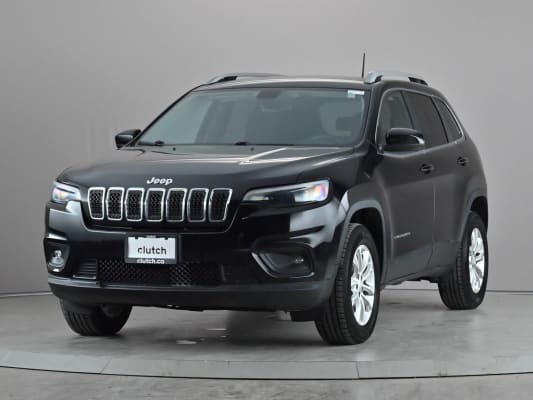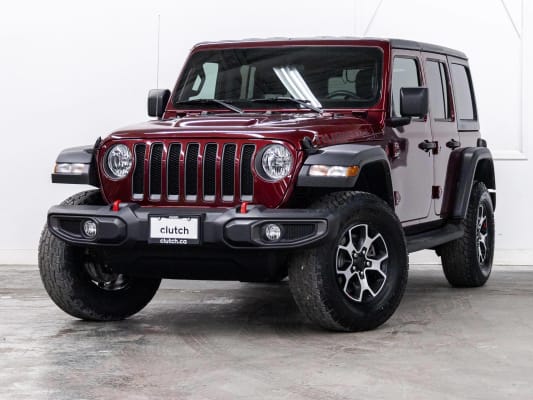Best Honda Pilot Years to Buy Used in Canada
When it comes to dependable, family-ready SUVs that can handle Canadian winters and weekend getaways with ease, the Honda Pilot has long been one of the top choices on the market. With its blend of spacious three-row seating, smooth V6 power, and renowned Honda reliability, the Pilot has earned a loyal following among families across the country.
Whether you’re hauling kids to hockey practice, towing a small trailer, or loading up for a cottage trip, the Pilot delivers a rare mix of comfort, capability, and practicality that suits a wide range of lifestyles. It’s large enough for growing families but still easy to drive in cities like Toronto, Calgary, or Vancouver.
That said, not every Pilot model year is created equal. Some years stand out for exceptional durability, safety, and features, while others have known issues with transmissions, electronics, or oil consumption. Knowing which model years to focus on – and which to approach with caution – can help you make a smarter, longer-lasting investment.
In this guide, we’ll break down the best Honda Pilot years to buy used in Canada, organized by generation. Whether you’re shopping for a budget-friendly early model or a fully modern SUV with all the latest tech, this overview will help you find the right fit for your family.
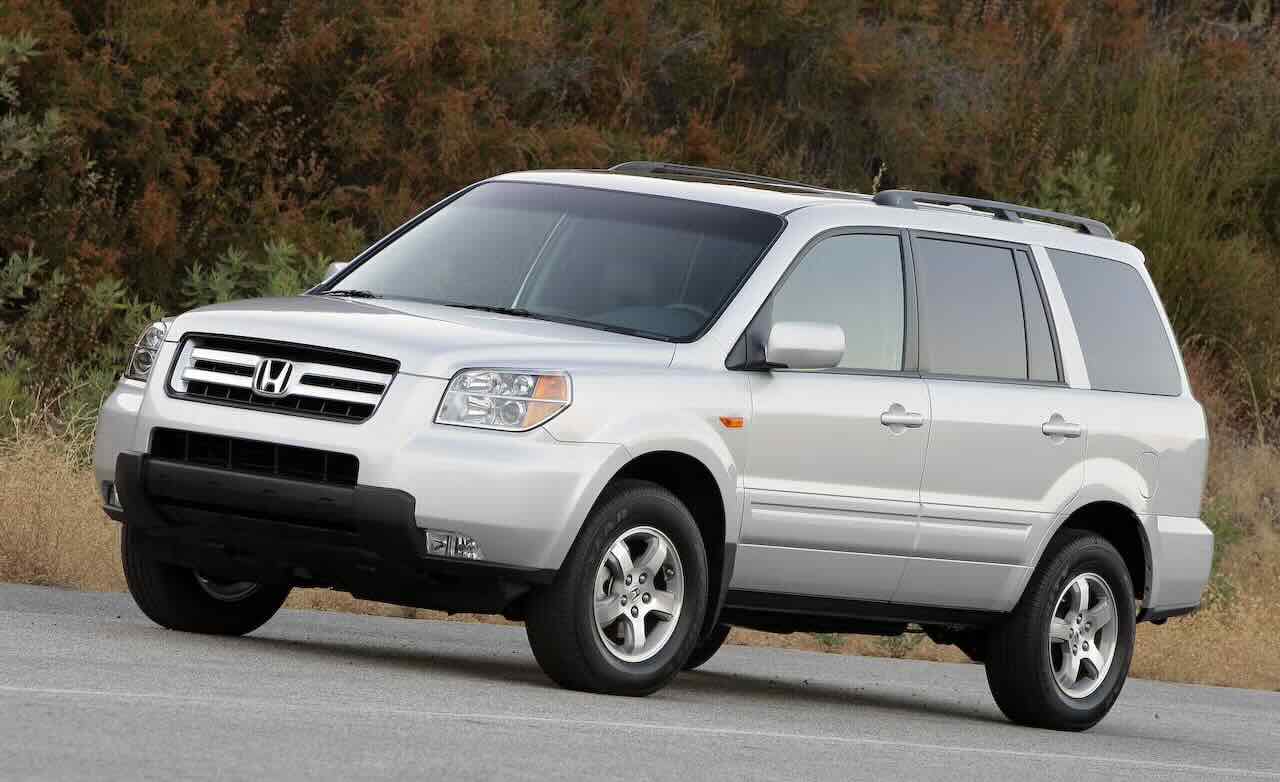
1st Generation (2003-2008)
Best Years: 2006-2008
The first-generation Honda Pilot helped establish the nameplate as a go-to family SUV in Canada. Sharing much of its underpinnings with the Acura MDX, this early Pilot blended Honda’s reputation for reliability with real-world versatility – including seating for up to eight and confident all-wheel drive.
Why It’s a Good Pick:
By 2006, Honda had addressed several early transmission and powertrain issues that affected the first few model years. These later 1st-gen Pilots are known for their strong 3.5-litre V6 engine, smooth power delivery, and overall longevity when properly maintained. The interior is durable and practical, with plenty of small-item storage and easy-folding second- and third-row seats.
Despite its age, the 2006-2008 Pilot remains a dependable, affordable choice for families who don’t need the latest tech. Parts availability is excellent, and maintenance costs are reasonable thanks to Honda’s proven engineering.
Common Features:
- 3.5L SOHC V6 engine producing around 244 hp
- 5-speed automatic transmission
- Available VTM-4 all-wheel drive system
- Eight-passenger seating with split-folding third row
- Optional leather seats, sunroof, and rear DVD system (EX-L trims)
Ideal For:
Drivers who want a practical, budget-friendly SUV with enough space for the family and proven reliability in all weather conditions. These later 1st-gen models make an especially good choice for those seeking a secondary family vehicle or reliable winter hauler.
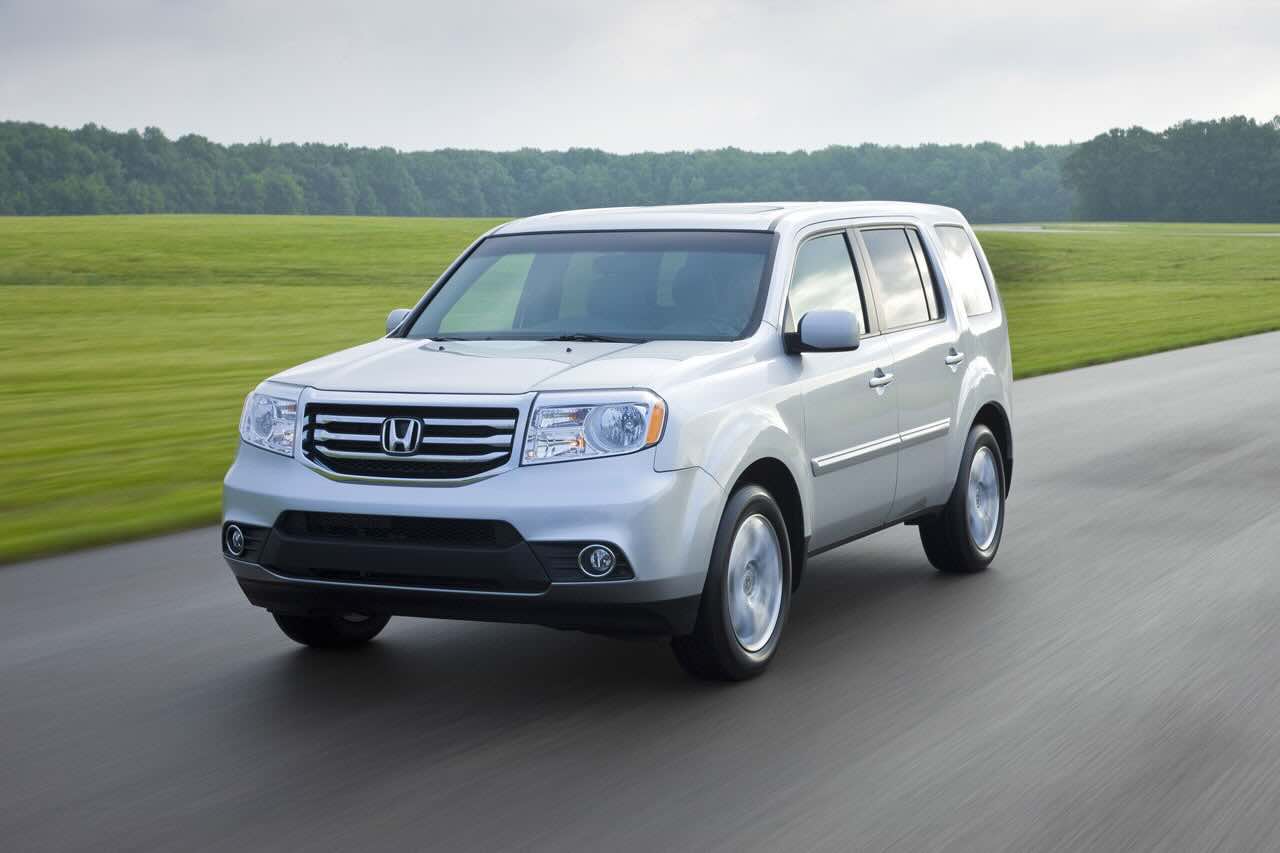
2nd Generation (2009-2015)
Best Years: 2013-2015
When Honda redesigned the Pilot for 2009, it traded the rounded styling of the original for a boxier, more traditional SUV look – and added a stronger focus on comfort and everyday practicality. The second-generation Pilot offered more interior room, improved towing capability, and better ride quality, making it a hit with Canadian families looking for all-weather confidence without moving up to a full-size SUV.
Why It’s a Good Pick:
By 2013, Honda had ironed out many of the early-generation issues, including transmission quirks and excessive oil consumption found in some 2009-2011 models. The 2013-2015 Pilots are widely regarded as the sweet spot of this generation, offering refined reliability and plenty of family-friendly features. Ride comfort is smoother than before, handling is predictable, and the V6 engine continues to deliver strong, consistent performance.
The cabin remains one of the most practical in its class, with generous storage options, wide-opening doors, and an easy-access third row. Safety ratings also improved, and higher trims added conveniences like a power tailgate and navigation – luxuries that were optional on earlier versions.
Common Features:
- 3.5L V6 engine with Variable Cylinder Management (250 hp)
- 5-speed automatic transmission
- Available AWD with VTM-4 torque management
- Seating for eight with flat-folding rear rows
- Available rear entertainment system, leather upholstery, and navigation (EX-L & Touring)
Ideal For:
Families who need a roomy, reliable SUV that’s built to last and comfortable enough for long drives. The 2013-2015 Pilot offers a great balance between affordability and dependability, making it one of the most popular used Honda SUVs on the Canadian market.

3rd Generation (2016-2022)
Best Years: 2018-2022
The third-generation Honda Pilot marked a major leap forward in design, technology, and refinement. Moving away from its boxy predecessor, the 2016 Pilot introduced a sleeker, more aerodynamic body, a smoother 9-speed transmission (in higher trims), and upgraded interior quality. This generation brought the Pilot closer to luxury-SUV territory while maintaining Honda’s hallmark practicality and reliability.
Why It’s a Good Pick:
While early models (2016-2017) faced a few teething issues with the 9-speed automatic transmission and infotainment system, Honda had largely resolved these concerns by 2018. The 2018-2022 Pilots are considered the best of this generation, offering excellent reliability, comfort, and performance. Honda also made Honda Sensing (a full suite of driver-assistance features) standard from 2019 onward, enhancing safety across all trims.
Inside, the third-gen Pilot feels modern and family-oriented. It offers generous third-row space, plenty of USB ports, and thoughtful touches like CabinTalk intercom and CabinControl smartphone integration on higher trims. The available all-wheel-drive system performs well in snowy conditions, making it a dependable pick for Canadian winters.
Common Features:
- 3.5L i-VTEC V6 (280 hp)
- 6-speed or 9-speed automatic transmission (trim-dependent)
- Available AWD with Intelligent Traction Management
- Standard Honda Sensing safety suite (from 2019)
- Available Apple CarPlay, Android Auto, heated steering wheel, and power tailgate
Ideal For:
Families who want modern tech, excellent comfort, and strong year-round performance. The 2018-2022 Pilot hits a sweet spot – it’s refined enough for long highway trips, capable enough for winter conditions, and dependable enough to keep for a decade or more.

4th Generation (2023-Present)
Best Years: 2023-Present
The fourth-generation Honda Pilot debuted for 2023, ushering in a bolder, more rugged design and major upgrades to performance, comfort, and technology. Built on a new platform shared with the Acura MDX, this generation repositions the Pilot as one of the most capable and refined midsize SUVs available in Canada.
Why It’s a Good Pick:
Honda took customer feedback from previous generations and addressed nearly every concern. The 2023 and newer models feature a stronger, more responsive 3.5L V6 paired with a smooth 10-speed automatic transmission, replacing the sometimes clunky 9-speed from earlier years. The Trailsport trim adds real off-road capability, with all-terrain tires, increased ground clearance, and a torque-vectoring AWD system that excels in snow and on cottage roads.
Inside, the Pilot continues to shine for families. Cabin quality rivals premium SUVs, with up to eight-passenger seating, improved third-row space, and class-leading storage flexibility. Technology has also taken a big step forward – all trims feature a digital gauge cluster, wireless Apple CarPlay/Android Auto, and a large central touchscreen.
The 2023+ Pilot also earned top marks in IIHS and NHTSA safety testing, reinforcing its reputation as one of the safest choices for families in Canada. Early ownership data and reviews show excellent reliability and build quality, suggesting this generation will carry Honda’s strong dependability record forward.
Common Features:
- 3.5L DOHC V6 (285 hp)
- 10-speed automatic transmission
- Standard AWD in Canada (i-VTM4 system)
- 7- or 8-passenger configurations
- Wireless Apple CarPlay/Android Auto, full Honda Sensing suite, digital instrument cluster
- Available Trailsport off-road trim and Elite luxury trim
Ideal For:
Canadian families who want a modern, rugged, and safe three-row SUV that can handle everything from winter commuting to summer road trips. With its refined powertrain and elevated tech, the 4th-gen Pilot offers outstanding long-term value for buyers who want a capable SUV without stepping into the luxury bracket.
Common Honda Pilot Problems to Watch For
The Honda Pilot has long been known for strong reliability, but like any SUV with a long production run, a few recurring issues are worth noting. Here are the most common problems you might encounter across different generations – and how to spot or prevent them when buying used.
1. Transmission Shudder or Harsh Shifting (2003-2017)
Earlier Pilots, particularly from the first and second generations, occasionally developed transmission hesitation, shuddering, or slipping when accelerating. This was often due to fluid breakdown or torque converter issues.
What to do: During a test drive, ensure shifts are smooth and consistent. Ask for proof of recent transmission fluid changes – Honda recommends every 50,000-60,000 km for older models.
2. VCM (Variable Cylinder Management) System Concerns (2009-2015)
The VCM system, designed to improve fuel economy by deactivating cylinders during light driving, sometimes led to increased oil consumption or vibration issues. Over time, these could cause engine misfires or fouled spark plugs.
What to do: Look for models with documented maintenance and regular oil level checks. Aftermarket VCM-disable devices are popular among owners, but make sure modifications don’t void any warranty coverage.
3. Infotainment & Electronics Glitches (2016-2020)
Third-gen Pilots introduced more advanced tech – and some early versions had laggy touchscreens, Bluetooth dropouts, or camera malfunctions. Honda improved software reliability after 2018 with updates and recalls.
What to do: Test all infotainment features (navigation, CarPlay/Android Auto, camera views). A software update from a Honda dealer usually fixes lingering issues.
4. Wind Noise & Door Seal Wear (2016-2021)
Some owners of third-gen Pilots reported noticeable wind noise at highway speeds due to aging door seals or misaligned window trim. This doesn’t affect reliability but can be annoying on long trips.
What to do: Inspect door seals for wear and listen for whistling at speeds above 80 km/h. Replacement seals are an inexpensive fix.
5. Brake Rotor Warping & Premature Pad Wear (2012-2018)
Mid-generation Pilots sometimes experienced early brake wear or slight steering-wheel vibration under braking, particularly in urban driving.
What to do: During inspection, check for recent brake service. Warped rotors can usually be resurfaced or replaced for under $500 at an independent shop.
6. Oil Leaks & Gasket Wear (High-Mileage Models)
Older Pilots (especially pre-2015) may develop leaks from valve cover gaskets or oil pressure sensors as they age. These are common and generally not catastrophic, but should be addressed promptly.
What to do: Check for oil residue near the engine cover or on the driveway. Repairs are typically straightforward if caught early.

The Honda Pilot Is Still a Smart Family SUV
The Honda Pilot has earned its reputation as one of Canada’s most dependable and family-friendly SUVs. With roomy seating for up to eight, confident all-wheel drive, and strong safety scores, it’s an ideal choice for households that need space and versatility.
While a few earlier models had transmission or infotainment hiccups, the 2018-2022 and 2023+ Pilots stand out as some of the most refined, capable, and reliable SUVs in their class. Whether you’re looking for a well-equipped used family hauler or a newer Trailsport for weekend adventures, the Pilot delivers an outstanding balance of comfort, value, and dependability.
Ready to shop for your next SUV?
Browse Clutch’s inventory of used Honda Pilots, all fully inspected, reconditioned, and backed by a 10-day money-back guarantee, so you can buy confidently and drive happily.
{{widget-1}}
FAQs About the Best Honda Pilot Years
What are the best years for the Honda Pilot?
The best Honda Pilot years to buy used in Canada are 2016-2022 from the third generation and 2023-present from the fourth generation. These models deliver excellent reliability, advanced safety tech, and smoother transmissions compared to earlier Pilots.
Which Honda Pilot years should I avoid?
It’s best to be cautious with 2003-2004, 2009-2011, and some 2016 models. These years had more frequent issues with transmission reliability, oil consumption, or infotainment glitches.
How long does a Honda Pilot last?
With proper maintenance, a Honda Pilot can easily last 300,000 km or more. Regular oil changes, transmission fluid service, and rust prevention are key to keeping it running smoothly over the long term.
Is the Honda Pilot a good family SUV?
Yes. The Pilot is one of the best family SUVs in Canada, offering three-row seating for up to eight passengers, available all-wheel drive, strong safety ratings, and a comfortable ride for long trips.
Does the Honda Pilot hold its value?
The Honda Pilot retains its value well thanks to strong demand, proven reliability, and Honda’s reputation for build quality. Later models, particularly from 2019 onward, command some of the highest resale values in their class.

